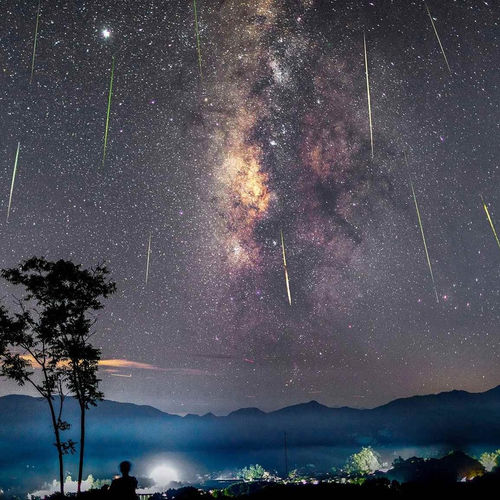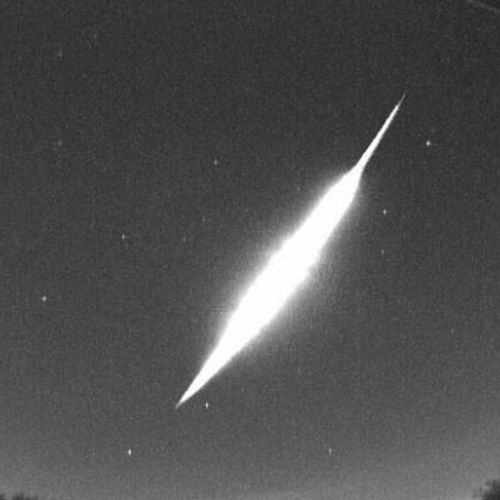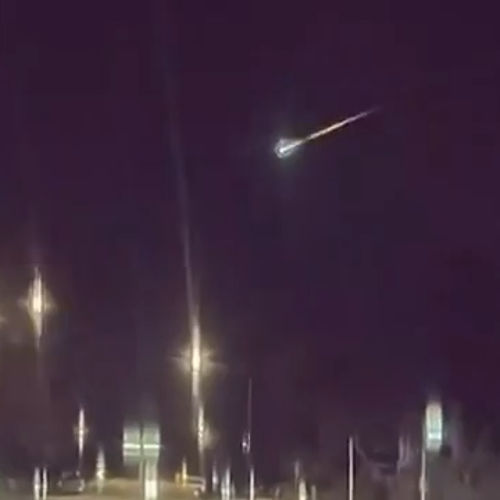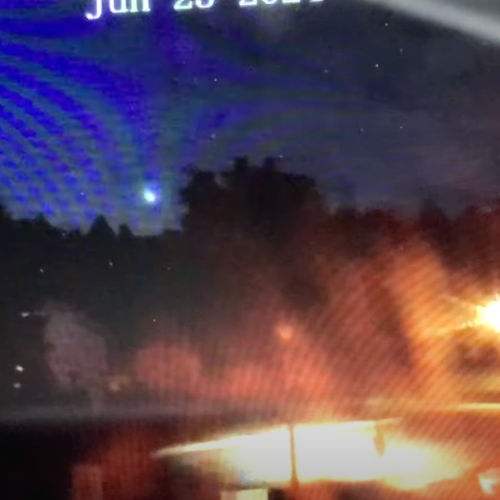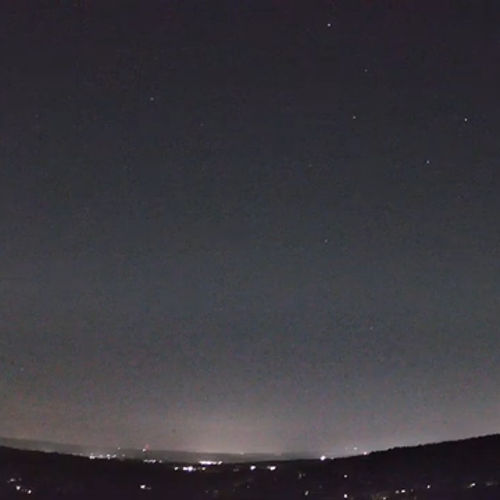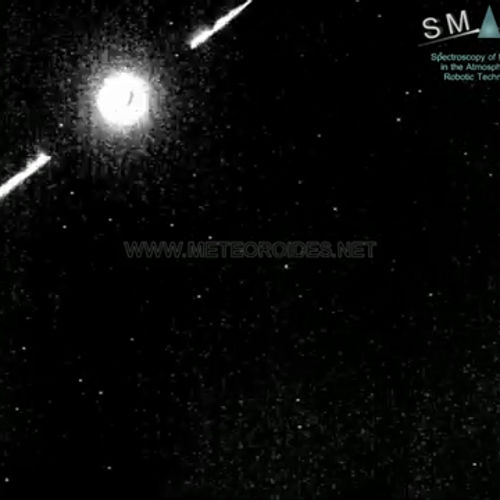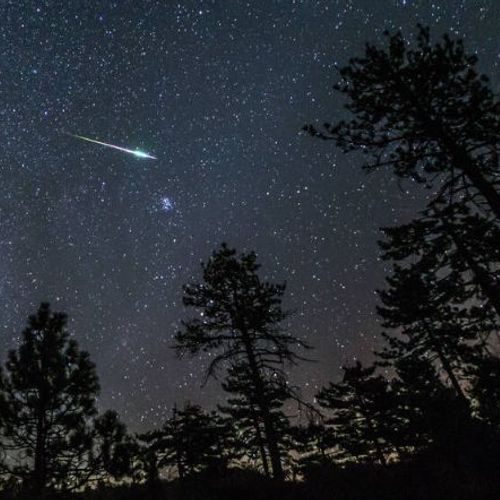
| Added | Mon, 03/05/2021 |
| Источники | |
| Дата публикации | Mon, 03/05/2021
|
| Версии |
In the first week of May, a meteor shower will take place, caused by fragments of Halley's comet, one of the most famous in history. The Eta Aquarida meteor shower will peak on Wednesday night, May 5, marking the first major astronomical event of the month, AccuWeather reports.
This is the second notable meteor shower in three weeks, with the Lyrid meteor shower in April peaking on April 22.
Glowing objects that are visible in the dark sky are dust particles and debris that have separated from a comet or asteroid and are burning as they enter the Earth's atmosphere.
Halley's comet crosses the inner Solar System once every 75 years, leaving behind a "tail" of debris, these fragments are usually no larger than a grain of sand.
Every year in early May, the Earth passes through this field of debris left by the comet's previous orbits around the Sun, which causes the Eta-Aquarid meteor shower.
Astronomers will be able to see Halley's comet as closely as possible in 2061, when it once again passes through the Solar System.
According to the American Meteor Society, an average meteor shower velocity of 10 to 30 meteors per hour will be observed north of the equator.
© Science Focus
Новости со схожими версиями
Log in or register to post comments

